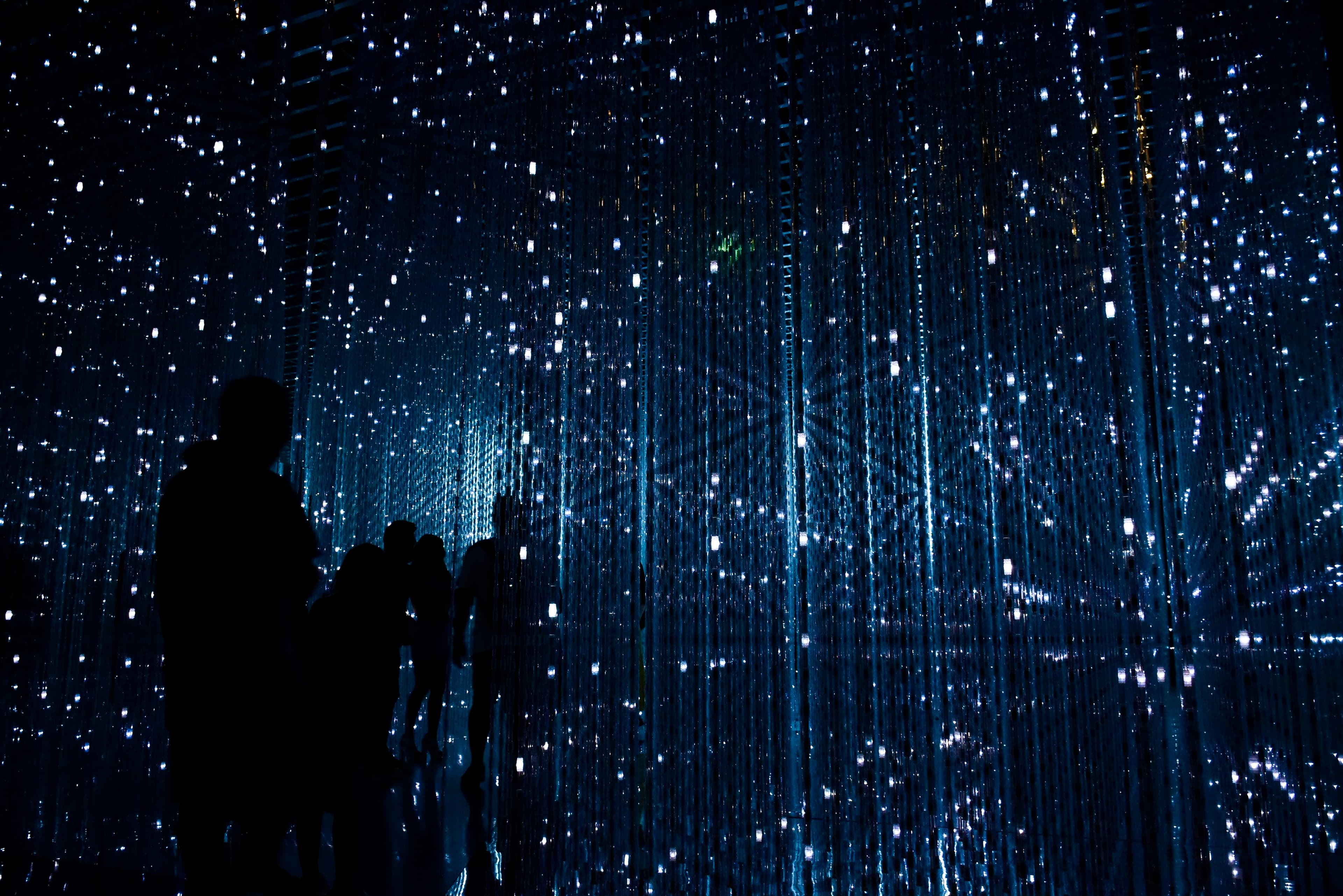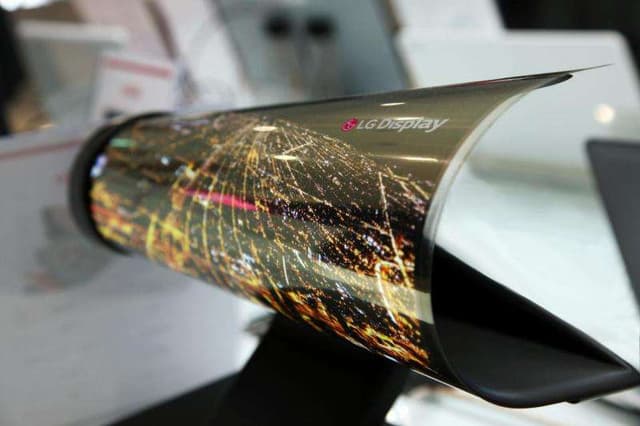In the past, when we imagined the future, we pictured flying cars, talking robots, and cities floating in the sky. While many of those fantasies are still out of reach, the reality of 2025 is arguably more fascinating—and more deeply embedded in our daily lives. We may not have jetpacks, but we do have smart homes that know our routines, AI that writes novels and diagnoses diseases, and wearables that can detect health problems before symptoms appear.
Technology in 2025 isn’t about flashy gadgets or distant dreams. It’s about how seamlessly it integrates into our everyday experiences—quietly changing the way we live, work, learn, and relate to the world. This article dives into the key areas where everyday tech is not just evolving but reshaping what it means to live in a connected, intelligent, and increasingly automated society.
Smart Homes, Smarter Lives
In 2025, the concept of a “smart home” has gone beyond voice-activated lights and thermostats. Our homes are now learning environments—adaptive, intuitive, and personalized. Devices communicate with each other in real-time through robust local networks, meaning your fridge doesn’t just tell you when you’re out of milk—it suggests recipes based on your groceries, dietary goals, and what you ate last week.
Security systems use facial recognition, behavioral analytics, and AI to detect unusual activity—not just intrusions, but emotional distress in occupants or forgotten appliances left on. Windows tint themselves based on sunlight intensity, music shifts depending on the mood sensed in a room, and cleaning robots now operate collaboratively to divide up tasks and clean more efficiently.
But perhaps the most revolutionary change is contextual awareness. Your home knows not just what you're doing, but why—and adapts accordingly. For instance, if it detects you’re winding down with a book, it dims lights and silences notifications. If it senses your heart rate rising unexpectedly, it might even ask if you’re okay.
The Personal AI Boom
Everyone in 2025 has a personal AI—or rather, an ecosystem of AI tools tailored to their habits, personality, and needs. These aren’t just glorified Siri or Alexa clones. They're deeply personalized, emotion-aware, and capable of proactive support.
For example, your personal AI assistant might:
Monitor your workload and suggest breaks when you’re nearing burnout.
Draft emails in your writing style based on a voice note.
Schedule meetings considering your cognitive performance patterns.
Recommend content based on your current mood and energy level.
And thanks to major strides in emotional AI, these assistants can read your tone of voice, your expressions, and even biometric data to respond appropriately. You're stressed? It cancels non-urgent notifications. You're feeling low? It queues up a playlist, checks your calendar, and maybe even pings a friend to reach out.
It’s not about making life faster—it’s about making it more humane.
Transportation Gets a Brain
While we’re not flying through the skies (yet), transportation in 2025 feels smarter, safer, and more autonomous than ever. Self-driving cars, once confined to test tracks, now roam city streets in several countries, supported by AI-powered infrastructure.
Vehicle-to-everything (V2X) communication allows cars to talk to traffic signals, weather systems, and even each other. Your car knows about a pothole before you hit it. It adjusts its route if there’s congestion, or reroutes entirely if your calendar updates mid-drive.
Public transit has also caught up. In cities across the world, autonomous shuttles operate on-demand, using predictive analytics to optimize routes based on usage patterns, major events, and even weather. These aren't just tech upgrades—they’re redefining urban life, reducing emissions, and making mobility accessible to all.
Wearables That Heal
Five years ago, wearables were mostly step counters and sleep trackers. In 2025, they are miniature health hubs, tracking everything from blood oxygen to hydration to early signs of illness.
Some devices now include non-invasive glucose monitors, fertility trackers, and even wearable ECGs with clinical-grade accuracy. But beyond tracking, we’re now seeing wearables that act. Smartwatches can administer micro-doses of medication. Smart fabrics can warm up or cool down based on your temperature. Neural headbands help improve focus by analyzing brainwave patterns and offering real-time feedback.
For people with chronic conditions, this technology is life-changing. For everyone else, it means proactive health monitoring that leads to earlier interventions and better outcomes—without stepping into a clinic.
Augmented Reality as the New Normal
Forget bulky VR headsets. In 2025, AR is part of our daily reality through lightweight glasses, contact lenses, and even projectable interfaces. Navigation instructions hover in the air, translation subtitles appear in real-time as someone speaks, and digital notes stick to physical surfaces.
In education, AR brings lessons to life. Students walk through ancient Rome, dissect virtual frogs, or manipulate molecular structures in 3D space. In retail, AR lets you try on clothes virtually, rearrange furniture in your living room before buying it, or walk through a virtual car showroom—all from home.
Most importantly, AR is now collaborative. You can share virtual environments with others, annotate spaces together, or have digital workspaces follow you across physical locations. It’s not just a new way to see the world—it’s a new way to build and share it.
Hyper-Personalized Entertainment
In 2025, your favorite playlist, movie night, or game experience is likely unique to you. Thanks to AI-generated content, recommendation engines, and real-time personalization, entertainment has become as dynamic as your mood.
Music is now adaptive—changing tempo, lyrics, and mood based on how you feel. Films have alternate endings that shift based on your past choices or emotional response. Video games tailor challenges to your skill level and even integrate elements from your real-world data (like using your city as the game map).
And it's not just consumption—it's creation. Anyone can now create art, music, or short films using intuitive AI tools that require zero technical skill. Creativity has become democratized, and the line between artist and audience is more blurred than ever.
Work Without Walls
The post-pandemic remote work revolution has matured in 2025. Physical offices still exist, but they’ve become collaborative hubs rather than daily requirements. Most work now happens in digital environments designed for focus, creativity, and fluid collaboration.
AI helps automate routine tasks like minute-taking, inbox management, and report generation. But it also contributes creatively, offering brainstorming prompts, design ideas, or even summarizing market trends in real-time.
Thanks to spatial computing and immersive virtual offices, remote collaboration feels less like a video call and more like being in the same room. You can walk over to a colleague’s desk, sketch something in 3D, or review a prototype together without ever leaving your home.
Education for the AI Age
In 2025, education isn’t a one-size-fits-all system—it’s personalized, on-demand, and often AI-enhanced. Students have AI tutors that adapt lessons to their pace and learning style. Classrooms use immersive tech to create engaging, interactive environments.
Higher education is becoming decentralized. Platforms offer modular degrees, skill certifications, and real-world project collaborations. AI mentors help students choose learning paths based on strengths, interests, and career goals.
Lifelong learning is also the norm. With tech evolving rapidly, adults are constantly reskilling—often through gamified apps, interactive lessons, or even voice-led AI courses during commutes.
Ethics, Equity, and the New Digital Divide
While technology has advanced dramatically, so too has our awareness of its risks—bias, surveillance, misinformation, and exclusion. In 2025, these conversations aren’t niche—they’re mainstream.
Tech companies are under immense pressure to bake ethics into their products. Governments enforce stronger digital rights laws, and consumers are more conscious of data privacy and algorithmic fairness. There's also a stronger push for inclusive design—ensuring accessibility, cultural relevance, and affordability.
Digital equity remains a challenge. Even as connectivity grows, differences in access to education, digital literacy, and reliable infrastructure still exist. But the tide is shifting. Initiatives like community mesh networks, low-cost AI tutors, and free public learning platforms are helping to bridge the gap.
Closing Thoughts: Living in the Future (Without Losing Ourselves)
It’s easy to be overwhelmed by all this innovation. But what makes 2025 special isn’t the sheer volume of new technology—it’s the way it enhances what matters most: human connection, creativity, health, and freedom.
The future is no longer something we wait for. It’s something we live, shape, and experience every day—through small moments of convenience, insight, and empowerment. Technology may be accelerating, but in many ways, it’s helping us slow down, reflect, and reconnect—with ourselves, with others, and with what truly matters.
Loading...



